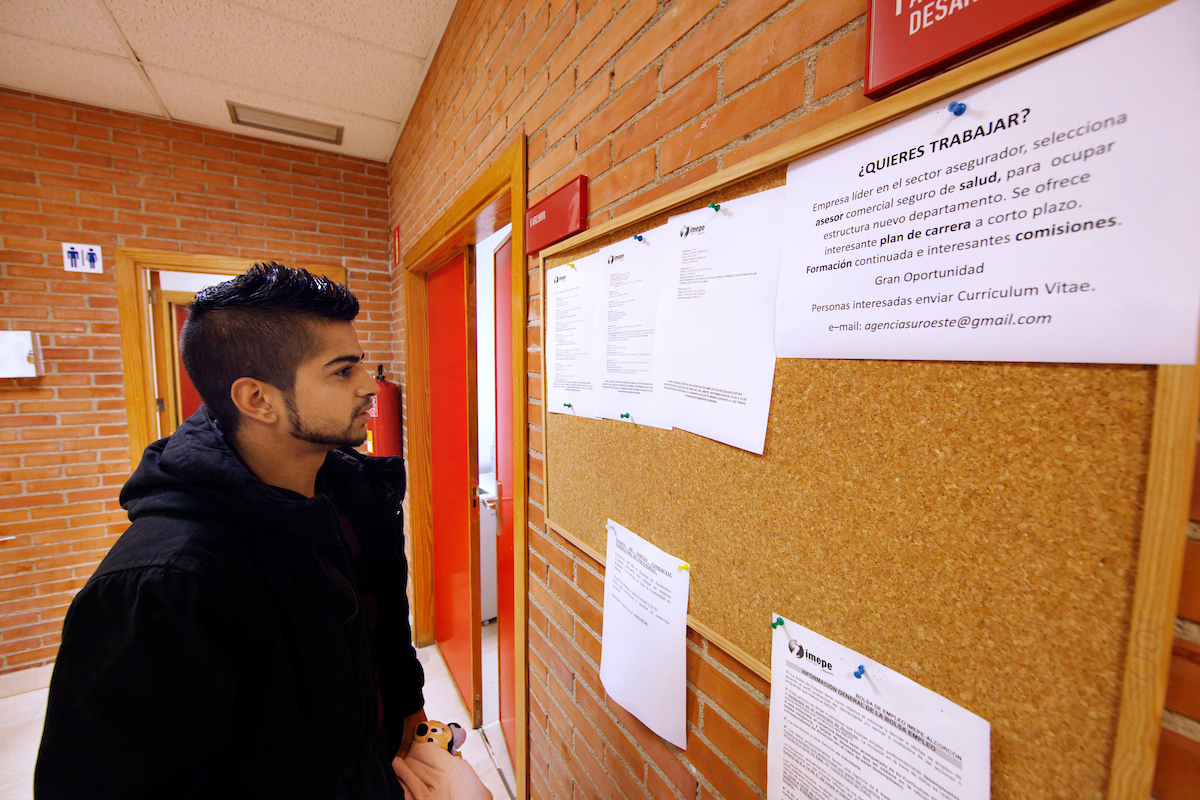
Labour market participation
The declining number of people active in the labour market makes increased labour force participation one of the primary drivers behind labour market policies. The European Employment Strategy promotes active ageing, gender equality and the integration in the labour market of young people, older workers, people with disabilities, migrants, low-skilled and other vulnerable groups. The employment rate, in other words the proportion of the working age population that is in employment, is considered to be a key social indicator for analytical purposes when studying developments within labour markets.

















